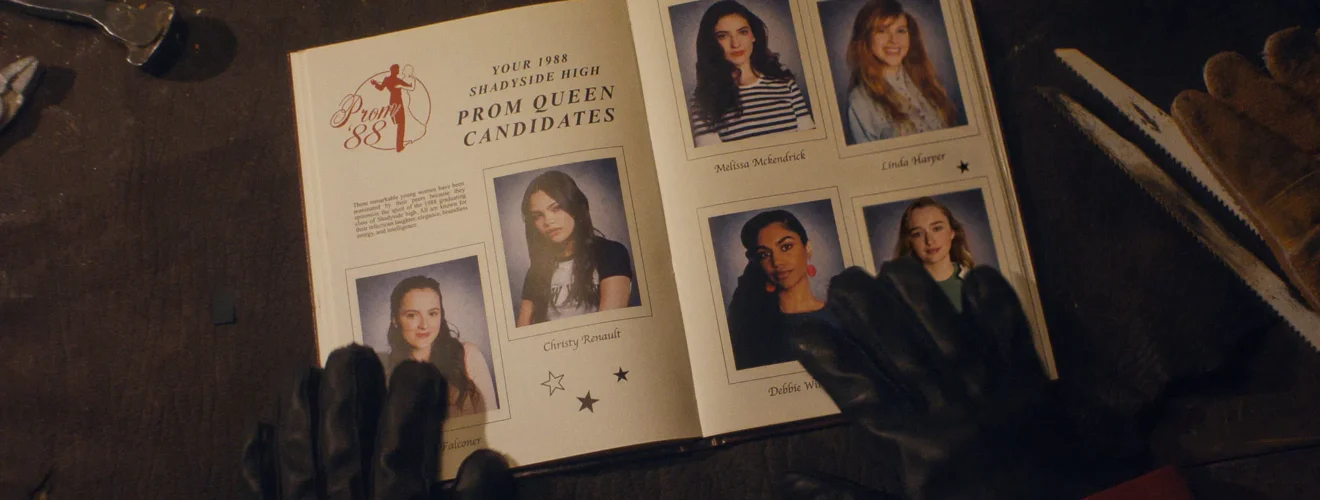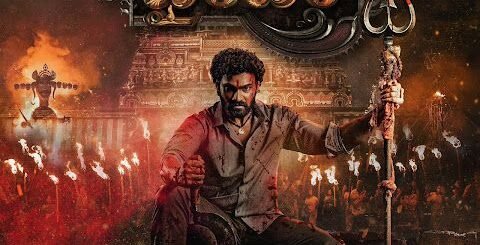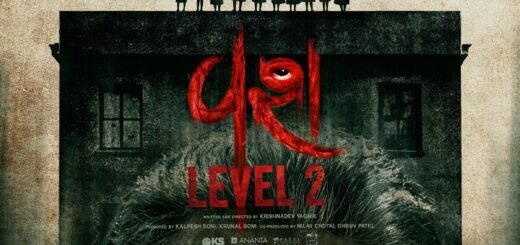Fear Street: Prom Queen (2025) – Movie Review

Netflix revived the beloved Fear Street franchise with a new installment, “Fear Street: Prom Queen”, released on May 23, 2025. Based on R.L. Stine’s 1992 teen horror novel of the same name, this film revisits the haunted town of Shadyside and dives headfirst into slasher territory. While fans expected another thrilling blend of nostalgia and gore, reactions suggest the movie failed to live up to the bar set by its predecessors.
Setting the Stage
The film takes viewers back to 1988, a golden age for teen slasher cinema. Director Lana Cho, best known for her work in horror television, handled the directorial duties. She aimed to mix the stylized violence of classic horror with the melodrama of a high school popularity contest.
The protagonist, Lori Granger (played by India Fowler), steps into the spotlight as a shy but intelligent outsider who enters the school’s prom queen competition. Unlike the traditional horror heroine, Lori carries a tragic past that she never fully shares with her peers. She lives with her grandmother after the mysterious death of her parents and avoids the school’s elite social circle.
At first, Lori sees the prom as an opportunity for healing and confidence-building. However, someone else has bloodier plans. As soon as the campaign begins, the popular girls vying for the crown start dying—one by one. A killer, cloaked in a distinctive red rain slicker, begins to haunt Shadyside High.
Plot Analysis
Lori suspects that someone close to her orchestrates the killings. As the body count rises, she must separate friend from foe, uncover long-buried secrets, and confront the trauma she’s long suppressed.
The film uses standard horror beats: locker room murders, jump scares in dimly lit hallways, eerie phone calls, and misdirection. However, the plot often drags between kill scenes. The writers invest more in the slasher spectacle than in building suspense or mystery.
Tiffany Falconer (played by Fina Strazza) serves as Lori’s main rival and the school’s queen bee. Tiffany’s mean-girl persona leans into every teen horror trope. Yet, the film never digs deeper into her character, missing an opportunity to explore bullying, peer pressure, or insecurity beyond surface-level cattiness.
Supporting characters, including Lori’s best friend Mark, goth girl Rae, and jock Brendan, serve predictable functions. Most exist only to deliver exposition or become the killer’s next victim. Unlike the original Fear Street trilogy, which provided rich character arcs and emotional stakes, Prom Queen often settles for archetypes.
Direction, Visuals, and Atmosphere
Director Lana Cho invests heavily in recreating the late ‘80s. The cinematography bathes school corridors in neon glows. The costumes reflect trends of the time—big hair, shoulder pads, pastel suits. Cho floods the soundtrack with pop and dance hits like “Never Gonna Give You Up” and “Gloria,” which add energy and nostalgia.
The prom sequence serves as the film’s visual and emotional climax. Sequined gowns shimmer under disco lights while dread thickens. When the killer finally strikes during the prom night, Cho delivers a blood-soaked finale that attempts to pay homage to Brian De Palma’s Carrie.
Despite this, the film never maintains tension for long. The scare sequences follow predictable setups, and viewers often anticipate each twist minutes in advance. The editing feels uneven, with abrupt tonal shifts that undercut the suspense.
Themes and Symbolism
The film tries to juggle several themes—trauma, revenge, high school cruelty, female rivalry, and the quest for identity. However, the execution leaves much to be desired. The killer’s motive ties back to a traumatic event from Lori’s childhood, but the film drops breadcrumbs too early and too plainly. By the time the final reveal arrives, viewers already know who the killer is.
In attempting to explore feminism and social power structures in high school, the film merely scratches the surface. It doesn’t use the horror genre to subvert tropes. Instead, it reinforces them—pretty girls die first, loners live longer, authority figures ignore warning signs, and the final girl survives thanks to luck more than ingenuity.
Where earlier entries in the Fear Street series (especially 1994, 1978, and 1666) played with genre conventions and layered historical depth, Prom Queen follows a more formulaic path. It feels more like a straight-to-streaming teen horror film than a continuation of a bold, genre-bending franchise.
Performances
India Fowler delivers a sincere performance as Lori. She balances vulnerability with grit, and her emotional scenes stand out in a film otherwise dominated by scream-heavy moments. Fowler makes viewers root for Lori, even when the writing limits her potential.
Fina Strazza brings charm and bite to Tiffany, although the script reduces her to a caricature. In stronger hands, Tiffany could have mirrored iconic high school antagonists like Regina George or Nancy from The Craft. Unfortunately, she receives little backstory or evolution.
The rest of the cast fills their roles adequately but fails to leave a lasting impression. The killer, once unmasked, lacks the psychological complexity that horror fans crave.
Critical and Audience Response
Critics and audiences responded to Fear Street: Prom Queen with mixed to negative reviews. Major review aggregators report low scores: Rotten Tomatoes shows a 32% critic rating and a 36% audience rating. Metacritic gives the film a 44/100, labeling it as average and forgettable.
Reviewers from major outlets voiced their disappointment. One major publication labeled it “a limp homage to slasher cinema that confuses mimicry with tribute.” Others criticized the lack of innovation and weak plot.
Some critics acknowledged the film’s strengths. A few praised the cinematography and set design for their vibrant execution. Others commended the film’s effort to revive interest in 80s slasher aesthetics, even if the story fell short.
Fans of the original Fear Street trilogy mostly viewed Prom Queen as a step backward. Many compared it to a low-effort high school drama masquerading as horror. Others said it felt like a TikTok-era remix of Carrie—flashy, trendy, and emotionally shallow.
Conclusion
Fear Street: Prom Queen tries to capture the lightning-in-a-bottle effect that made the original trilogy a cult hit. It revisits a beloved horror universe, dresses it up in 1980s glamor, and sets it against a classic high school rivalry backdrop. However, it ultimately stumbles due to poor character development, predictable scares, and underwhelming narrative payoffs.
For die-hard Fear Street fans or those craving simple slasher nostalgia, the movie offers just enough style to warrant a single viewing. But viewers expecting the substance, surprise, and emotional weight of earlier installments will walk away disappointed.
If Netflix plans future entries in the Fear Street franchise, the creators must return to what made the originals successful: layered characters, innovative genre storytelling, and fearless thematic depth. Until then, Prom Queen remains a glittery but hollow crown in the franchise’s legacy.













